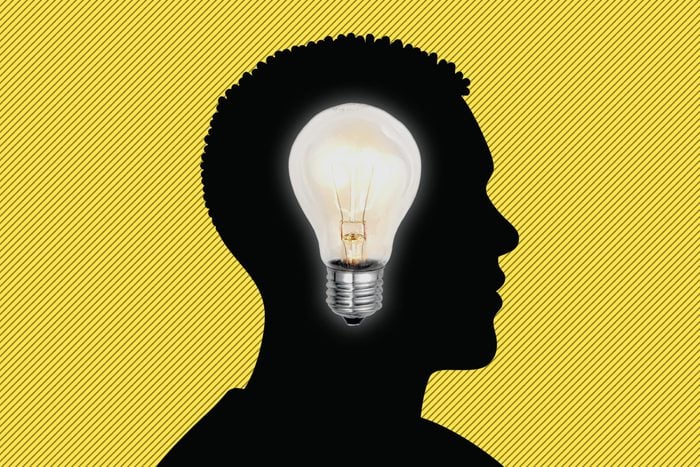
Black inventors you should know
Think about the inventors you learned about in school, in historical documentaries, or even on School House Rock. Thomas Edison, Henry Ford, the Wright Brothers…chances are, they’re a bunch of white guys. But there are several Black American innovators who made incredible contributions to everyday life, from mailboxes to dry cleaning to household-name whiskey, and it’s time they were fully honored for their accomplishments.
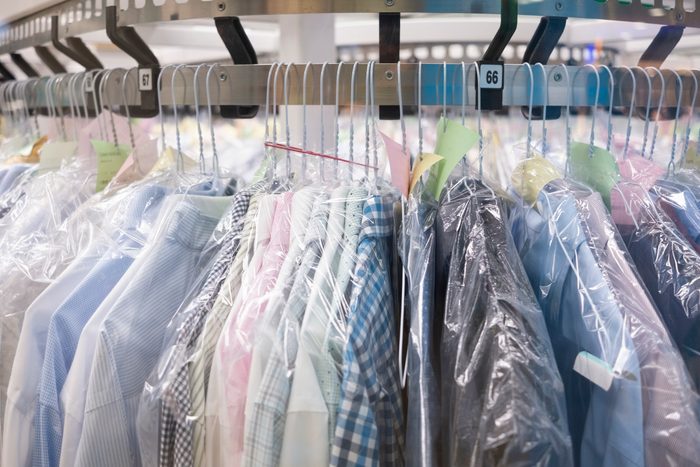
Thomas L. Jennings
Thomas L. Jennings was born a free man in 1791 New York City. Remaining there into adulthood, he began tailoring, eventually opening his own clothing shop. When he discovered that many fabrics were resistant to established methods of cleaning, he invented a new method: “dry-scouring.” By experimenting with different combinations of cleaners and methods, he developed the process we know today as dry cleaning. He filed a patent in 1820 and then was granted the patent in 1821; he is widely considered to be the first African-American to receive a patent. He used the money from the patent to buy his enslaved family’s freedom, and continued to donate all of his proceeds to abolitionist causes.
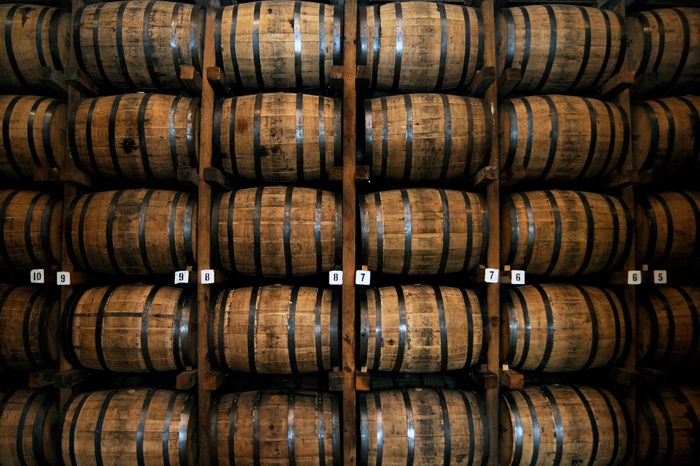
Nathan “Nearest” Green
Nathan Green was born around 1820. Nicknamed “Uncle Nearest,” he worked as a whiskey distiller on a Tennessee farm, first under slavery and then, after the Civil War, as a free man. His distilling skills were renowned; he perfected the “Lincoln County” method of distilling, widely believed to have been brought to the United States by enslaved people from West Africa. This method filters bourbon with sugar maple charcoal.
In the 1850s, Nearest began instructing a young white boy in his careful process of how to make Tennessee whiskey. The boy’s name was Jasper Newton Daniel, aka “Jack.” That’s right: None other than Jack Daniel’s whiskey owes its success to Nearest’s unrivaled skill. After the war ended and Nearest gained freedom, the now-grown Daniel hired him as the first master distiller for Jack Daniel’s. While Jack Daniel’s website does acknowledge Nearest’s story, Nearest also has his own whiskey brand, named after him, which CBS has called “the fastest-growing independent American spirit.”
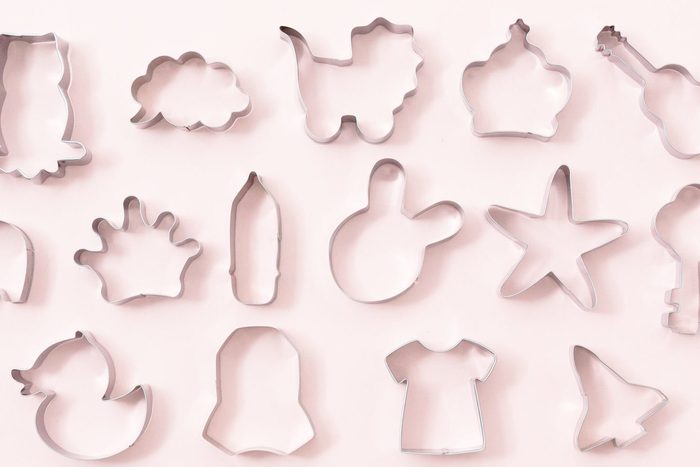
Alexander P. Ashbourne
Ashbourne was born into slavery in Pennsylvania in 1820. After 1847, when all enslaved people in Pennsylvania had been freed, he began working as a caterer. That’s how he discovered that biscuits all had to be cut and shaped by hand, one by one—and realized there had to be a better way to do it. In 1875, he applied for a patent for a spring-loaded biscuit cutter that would ensure a uniform biscuit shape in one smooth motion. His invention also included metal plates that allowed the machine to create multiple shapes. He was granted the patent in 1876. Ashbourne also patented a method for refining coconut oil that made the process far easier. This directly led to the prevalence of coconut oil products we have today. Huge accomplishments like these are just part of the reason Black History Month shouldn’t just be a month.
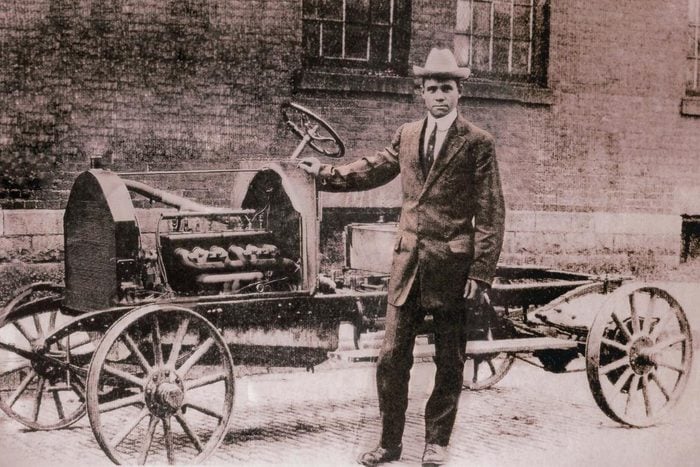
C. R. and Frederick Patterson
Charles Richard Patterson was an early automobile manufacturer who headed up the first (and, sadly, only) African American–owned auto business. He was born into slavery in 1833 Virginia; as an adult, he likely escaped via the Underground Railroad (although other sources say he and his family purchased their freedom) and settled in Greenfield, Ohio. Once there, he worked for a company that manufactured carriages, eventually partnering up with a man named J. P. Lowe. Starting in the 1870s, he and Lowe produced their own horse-drawn carriages. In 1893, Patterson actually bought out Lowe and re-named the business C. R. Patterson & Sons, running it on his own. Patterson was also awarded several patents for inventions such as a furniture caster and a vehicle dash.
C. R. Patterson died in 1910 and passed the business on to his son Frederick, who oversaw the production of “horseless carriages” for the next several years. In 1915, C. R. Patterson & Sons released an early automobile called the Patterson-Greenfield automobile that was on par with the early Ford models. Though Ford ended up overtaking its competitors, the younger Patterson oversaw the production of about 150 automobiles, as well as trucks and buses.
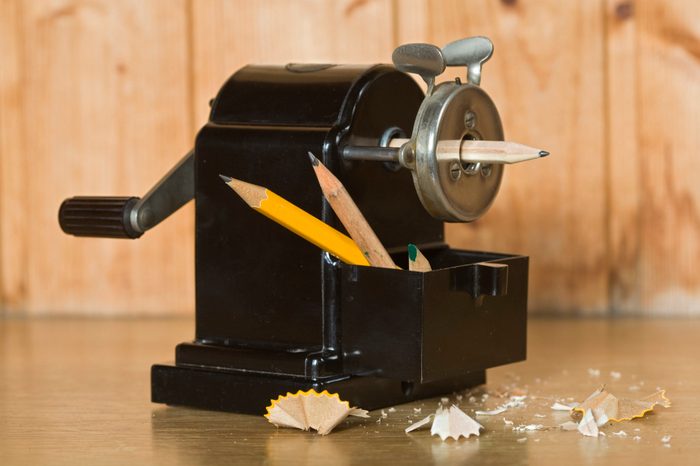
John Lee Love
The circumstances of John Lee Love‘s birth are unknown, but what we do know is that by the 1890s, he was working in Massachusetts as a carpenter. In 1897, he filed a patent for what he called the “Love Sharpener”: the first portable pencil sharpener. At the time, pencil sharpeners were large, cumbersome objects with rotary blades. The Love Sharpener, small enough to fit in your hand, used a cone-shaped blade that turned around the pencil. Love also equipped his sharpener with a compartment to catch the pencil shavings. And that wasn’t his only invention: He also patented a plasterer’s hawk, a tool for spreading plaster. While you’re learning about Black inventors, get educated on what anti-racism means and what it means to be anti-racist.
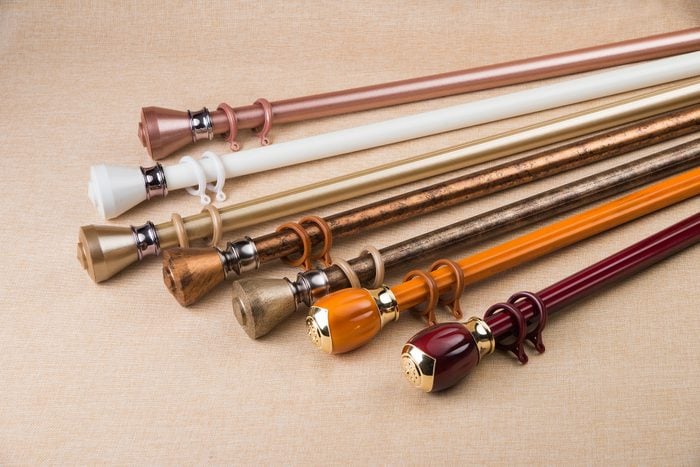
Samuel Raymond Scottron
Samuel Scottron was born in the early 1840s, and settled in New York with his family in 1849. He moved around quite a bit during his adult life and by the 1860s was heavily involved in abolitionist work. He helped newly freed Black people vote in the 1864 election and co-founded the Cuban Anti-Slavery Society with Reverend Henry Highland Garnet. Scottron was a prolific inventor. His best-known invention is an extension curtain rod, which he filed a patent for in 1892. He also filed patents for a cornice type of molding, adjustable standing mirrors (this was so that his customers, when he was a barber in Massachusetts, could see the back of their heads), a supporting bracket, and more.
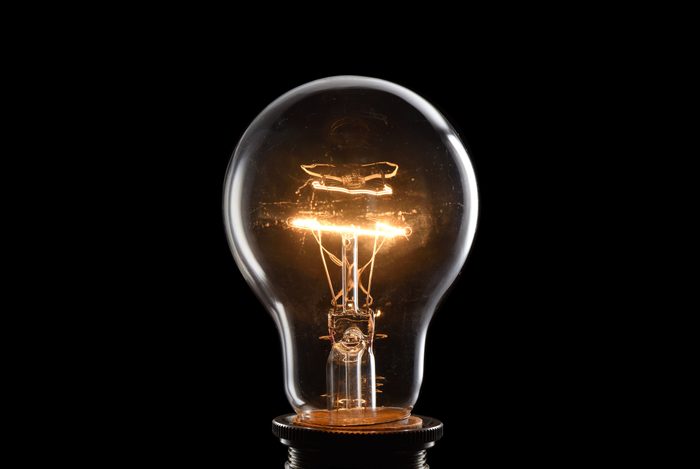
Lewis Latimer
Thomas Edison might get all (or most) of the credit for inventing the lightbulb, but he certainly didn’t do it alone. In addition to the other scientists that developed early versions of the lightbulb that Edison built off of, Edison had a collaborator in Black inventor Lewis Latimer. He was born in 1848 in Chelsea, Massachusetts, and, after serving in the Navy as a teen, began working at a patent law office in Boston. He was skilled at drafting patents and, in 1876, helped draft the patent for Alexander Graham Bell’s early telephone. He worked with Thomas Edison as well, and, in 1881, he himself filed a patent for a carbon filament for the incandescent lightbulb. He also designed a train car bathroom and an early air-conditioning system. Find out the truth about these history lessons your teacher lied to you about.
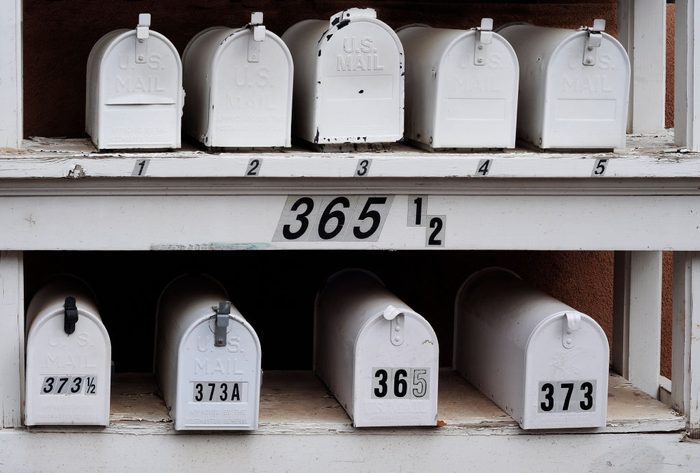
Phillip B. Downing
Does the image of a blue receptacle sitting on a street corner with a flap to open at the top ring any bells? That’s right, Phillip B. Downing, a Black man born in Providence, Rhode Island, in 1857, filed the patents that led to the modern-day mailbox. Specifically, he filed two separate patents for a “street letterbox,” both of which were approved in 1891. His invention allowed people to more easily send mail, reducing the need for a trip to the post office every time. It likewise made jobs easier for mail carriers. And he truly thought of everything—the hinged doors that we still see today kept the mail from getting damaged in rain or snow. Downing also received patents for a train operating switch and an envelope moistener. These 25 quotes that speak volumes in the fight against racism.
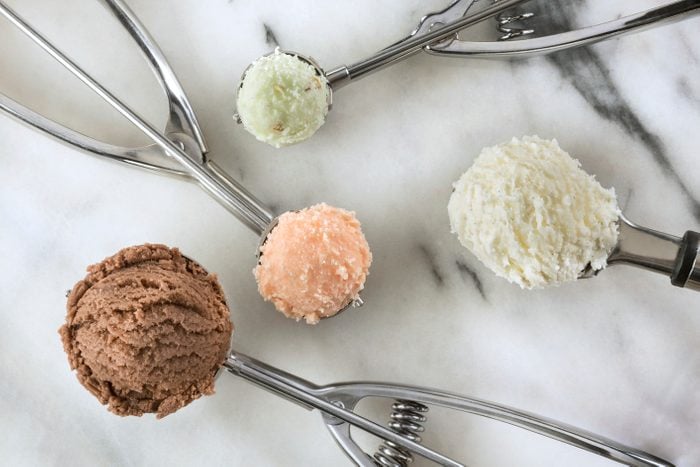
Alfred Cralle
Another everyday object you probably like a whole lot? The ice cream scoop. In 1897, a man named Alfred L. Cralle applied for and received the first patent for one. Born in 1866, Cralle attended the Wayland Seminary in Washington, D.C., a theological institution that had been established to help educate newly freed Black Americans. But the priesthood wasn’t for him, and he ended up becoming a porter in a Pittsburgh hotel. It was here that he realized how inconvenient and messy the process of getting ice cream out of cartons and into cones was. So he dreamed up an “Ice Cream Mold and Disher”: a wooden stick topped with a metal cone that laid the foundation for the modern-day ice cream scoop.
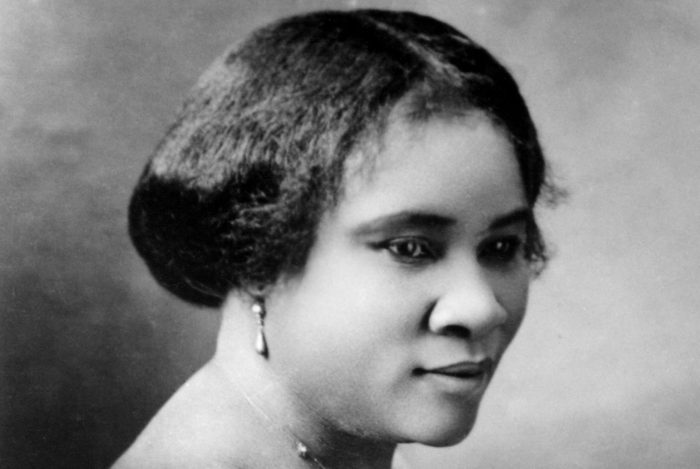
Madam C.J. Walker
Madam C.J. Walker, born Sarah Breedlove, was the daughter of parents who had been freed from slavery only a few years before her birth in 1867. When she started developing a condition that caused her to lose her hair, she began studying hair care. She worked as an apprentice under black hair care entrepreneur Annie Turnbo Malone and then began developing her own hair care products. She eventually started her own hair care company, Madam C.J. Walker Manufacturing Company, specializing in hair products for Black women, which, at that time, were virtually nonexistent. Her company made her a millionaire, and she donated much of her fortune to the NAACP, other charities, and scholarships for African-American students. The 2020 Netflix series Self Made, starring Octavia Spencer, is inspired by her life story. If you’re looking to learn more about race relations in America, here are 12 documentaries about race you need to see.
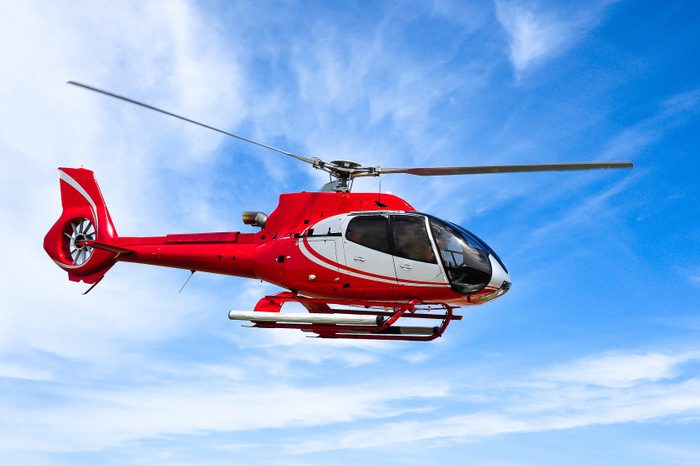
Paul E. Williams
Born in Alabama in 1939, Paul E. Williams helped pioneer the modern-day helicopter in the mid-20th century. There were already existing versions of the helicopter—manned helicopter flights had been being attempted, with varying degrees of success, since 1907—but Williams’ copter has been called the “first useful helicopter.” Williams patented this copter, Lockheed Model 186, in 1962, building off of existing and new technology; the model was experimental and had three units built. Read about the most famous invention from every state.
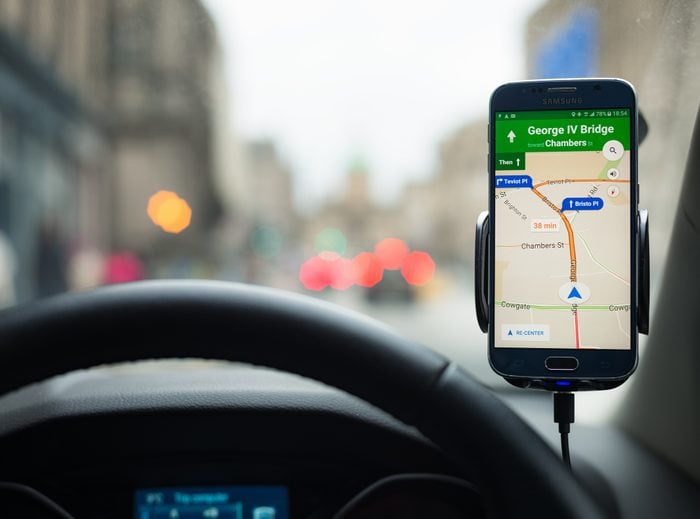
Gladys West
Never heard of Gladys West? Well, if you drive and/or have a smartphone, you’re about to be really thankful for her. West, born in 1930 to a Virginia farming family, created an early global model that would lead to the development of GPS. After graduating from her high school as valedictorian, she received a scholarship to Virginia State University, where she studied math. She was hired as a mathematician at a naval proving ground, where she was one of only four Black employees.
She later became a project manager for a satellite project for the NASA Jet Propulsion Laboratory. She used the data from that project to develop a geoid, a model of the earth that accounted for the levels of the oceans. The geoid, which she honed over several years to be as accurate as possible, proved essential for developing Global Positioning Systems. Oh—and she’s still alive. She’s celebrating her 90th birthday this year. In 2018, she received a PhD in Public Administration. That same year, the Air Force inducted her into Space and Missile Pioneers Hall of Fame. Learn about some more amazing women in history you may not have heard of.
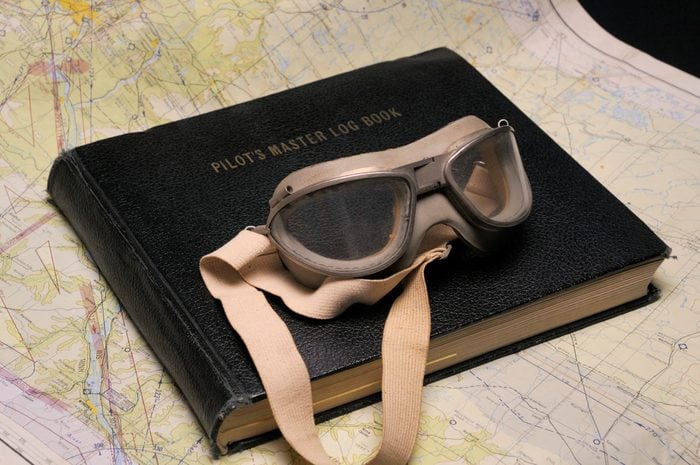
Gloria Twine Chisum
Another pioneering Black inventor who’s still living, Gloria Twine Chisum was born in 1930 in Oklahoma. She attended Howard University in Washington, D.C., and studied psychology. She then went on to graduate school at the University of Pennsylvania. She held such impressive titles as manager of the U.S. Navy’s Life Sciences Research Group and head of the Vision Laboratory at the U.S. Naval Air Development Center. In the 1970s, she worked to develop goggles for high-performance airplane pilots. The goggles helped decrease their exposure to bright lights and protect pilots’ eyes in extreme conditions like sharp turns and lightning storms. In 2018, Drexel University awarded her its Woman One Award and Scholarship Fund. Next, find out some critical ways to support Black-owned businesses.
For more on this important issue, see our guide to the Fight Against Racism.
